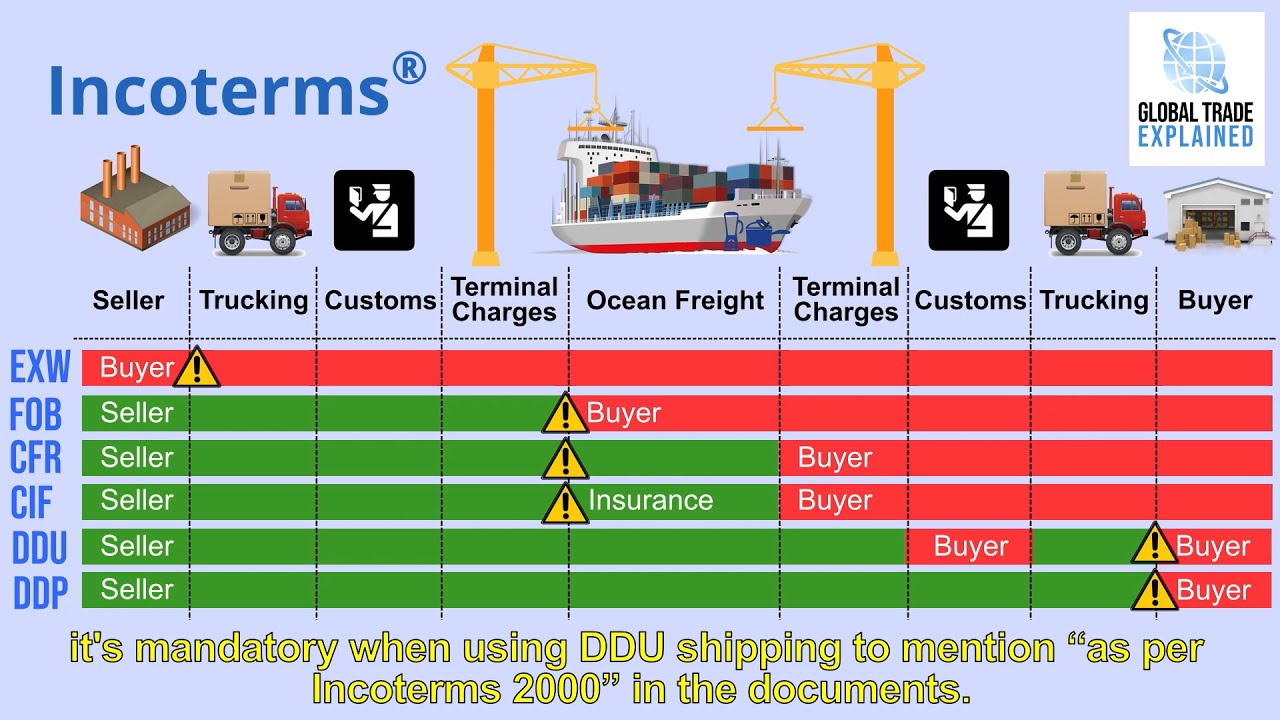The Genius Techniques Engineers Found to Tightly Secure Massive Container Ships
Summary
TLDRThis video script delves into the critical role of stevedores in securing shipping containers during international trade. It highlights the use of various locking mechanisms, such as twist locks and lashing bars with turnbuckles, to ensure container stability and safety. The script also emphasizes the physical demands and hazards faced by container lashers, the importance of regular maintenance of locking equipment, and the impressive productivity of crane operators in moving goods efficiently, thus facilitating global trade.
Takeaways
- 🌐 International trade relies heavily on the secure transportation of billions of dollars worth of cargo in shipping containers across oceans.
- 🔒 Reliable engineering solutions are crucial for developing locking mechanisms to secure these containers during transit.
- 👷 Stevedores are skilled port workers who load and unload cargo, ensuring containers are safely stowed and locked on ships.
- 🔩 Twist locks are essential for securing containers, especially in higher stacks where traditional lashing rods may not reach.
- 🤖 Automatic twist locks use hydraulic or electromechanical systems to engage and disengage, increasing efficiency and reducing manual labor.
- 🏗️ Lashing bars and turnbuckles are used alongside twist locks to create a robust system that can withstand forces at sea.
- 🚜 Containers are transported to terminals by truck or rail, with the choice depending on cost-effectiveness and distance.
- 🦾 The job of a container Lasher is physically demanding and requires navigating uneven terrain while handling heavy equipment.
- 🔧 Regular maintenance of twist locks is necessary for optimal performance and longevity, including disassembly, cleaning, and reassembly.
- 🚠 Cranes play a pivotal role in moving containers swiftly and efficiently, with productivity rates often measured in moves per hour (mph).
- 🛠 Crane operation requires precision, spatial awareness, and quick decision-making to handle the unique challenges of each container.
Q & A
What is the primary concern addressed in the video script about international trade?
-The primary concern addressed in the video script is the security of shipping containers during international trade, emphasizing the importance of reliable engineering solutions for securing these containers.
Who are stevedores and what is their role in container shipping?
-Stevedores are skilled workers employed in ports and terminals who handle the loading and unloading of cargo from ships. They play a vital role in the logistics chain, ensuring containers are safely stowed and properly locked on board vessels.
What are twist locks and why are they essential in container shipping?
-Twist locks are an essential component in container shipping, designed to secure containers in place. They provide a reliable solution for ensuring the stability of containers, especially at higher stack levels where traditional lashing rods may not reach.
How do automatic twist locks differ from manual or semi-automatic ones?
-Automatic twist locks differ from manual or semi-automatic ones by utilizing hydraulic or electromechanical systems to align, engage, and disengage the twist locks with the container's corner castings. This automated process eliminates the need for manual intervention, reducing the time and labor required for container handling.
What is the load-bearing capacity of automatic twist locks as mentioned in the script?
-The load-bearing capacity of automatic twist locks is typically similar to that of manual or semi-automatic twist locks, ranging from 25 to 35 tons.
How do lashing bars and turnbuckles contribute to the container lashing process?
-Lashing bars and turnbuckles enhance the lashing process by providing a strong and durable means of securing containers together. Workers thread the bars through the container's corner castings and tighten them using turnbuckles, effectively holding the containers in place and preventing them from shifting or toppling over.
What are the physical demands and challenges faced by container lashers?
-Container lashers face physically demanding tasks that include navigating uneven terrain of container stacks, handling heavy steel bars, turnbuckles, and other equipment, all while ensuring their own safety amidst adverse weather conditions and the complexity of the working environment.
What safety measures do container lashers take while performing their job?
-Container lashers take safety measures such as wearing protective gear like helmets, safety harnesses, and sturdy boots. They also stay vigilant of their surroundings, avoiding working around the path of cranes and being mindful of the tension in wires or cables to prevent injuries.
How is the maintenance of twist locks performed to ensure optimal performance?
-The maintenance of twist locks involves disassembling the lock, cleaning all interior parts, greasing them to reduce friction, and ensuring smooth operation. After reassembly, a function test is performed by checking the handle's function and ensuring free rotation.
What is PMPH and why is it significant in the context of container terminal operations?
-PMPH stands for 'performance per move' and is a measure of the productivity rates of cranes in container terminals. It is significant because the most productive ports have an average of more than 200 PMPH, indicating the efficiency of their operations.
What skills are required for crane operators in container terminals?
-Crane operators in container terminals require a keen eye for detail, excellent hand-eye coordination, the ability to work under pressure, and precision in manipulating controls. They also need a keen sense of spatial awareness and quick decision-making skills to handle the unique challenges each container presents.
Outlines

This section is available to paid users only. Please upgrade to access this part.
Upgrade NowMindmap

This section is available to paid users only. Please upgrade to access this part.
Upgrade NowKeywords

This section is available to paid users only. Please upgrade to access this part.
Upgrade NowHighlights

This section is available to paid users only. Please upgrade to access this part.
Upgrade NowTranscripts

This section is available to paid users only. Please upgrade to access this part.
Upgrade Now5.0 / 5 (0 votes)





